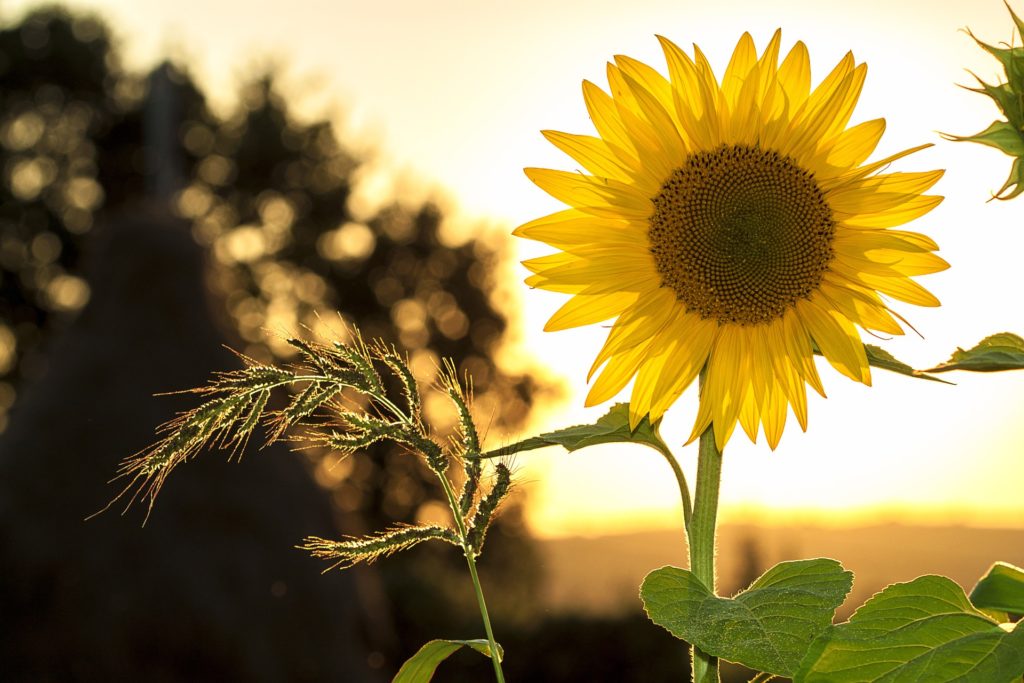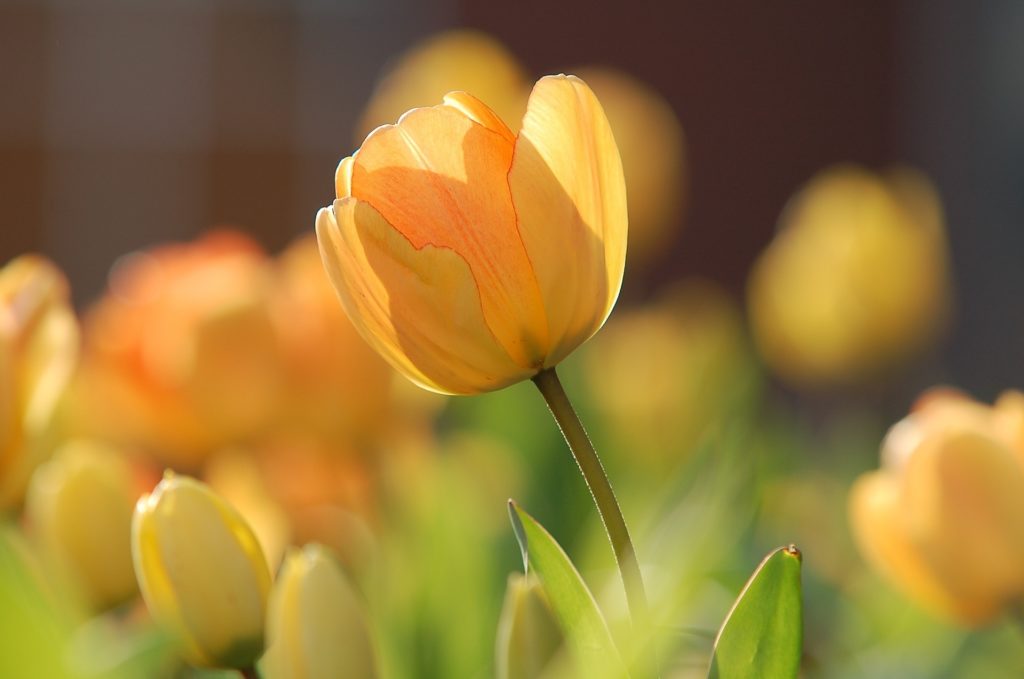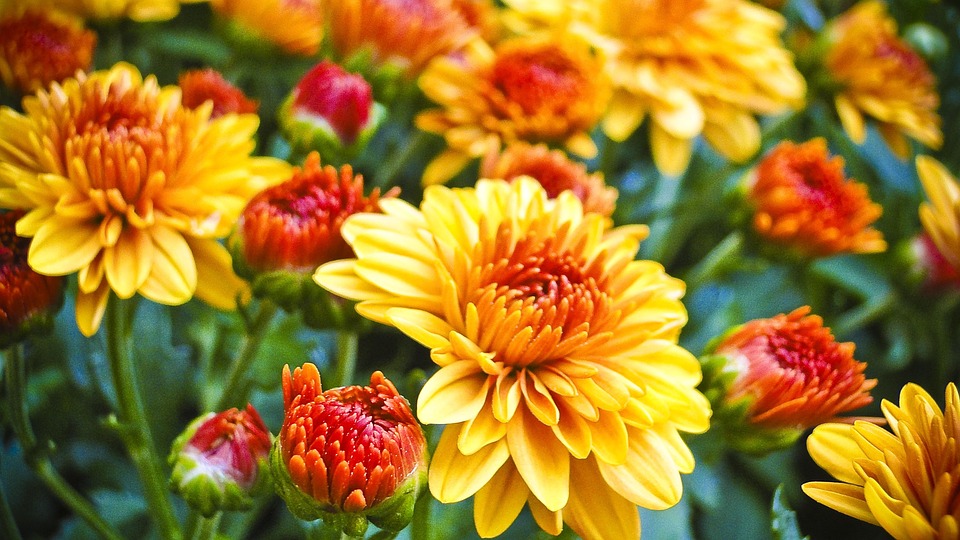
What are Zones?
What Is a Hardiness Zone?
What Planting Zone Am I In?
Growing Outside Your Zone
While here in Texas we might not have kinds of plummeting temperatures that have us packing on the parkas, we can still get enough of a chill to leave our plants shivering in their beds. And without the luxuries of a cozy blanket and a nice, hot cuppa Joe to keep them warm, we need to know they’ve got what it takes to tough it out until the warmer weather returns.
So how can we tell whether they’re up for the task? Well, that’s where the handy dandy USDA zone system comes into play.
What is a Hardiness Zone?
America is a big country, spanning many climate zones – from frozen and frigid, to tropical oasis, and everything in between. Keeping track of all of them could be a daunting task. That’s why the US Department of Agriculture came up with a numbered system for the whole continent of North America, known as the USDA Zone Map, to take all the guesswork out of it.
Each region is broken up into “zones” that are based on the very coldest temperatures they face annually. They span from the frozen arctic climates of Zone 0 and continue gradually all the way to the Zone 12 tropics of southern Florida, with a few subdivisions in each planting zone for even more accuracy. They break up the country based on the absolute worst the weather can throw at you, so you can easily figure out what will and won’t work in your garden beds.

What Planting Zone Am I In?
Here in the heart of Houston, we sit comfortably between Zone 8b in the north and 9b in the south. This means the coldest weather we can expect to face is usually around 20℉, with a little wiggle room on either side, depending on your end of the city. While that’s a tad chillier than we might prefer, this means great news for our planting choices – opening up a realm of opportunity for what we can grow. From tropical treats to their cold-hardy cousins, we certainly don’t have Mother Nature standing in our way like they do in the north, so we can really get our grow on!

Growing Outside Your Zone
The general rule of thumb is to stick to plants rated hardy enough for your planting zone or colder, so you can enjoy any plant that you won’t need to worry about when the mercury drops. These plants don’t mind a nip from Jack Frost and know how to stick up for themselves when the weather tries to do them in. However, it’s important not to go too far above your zone, or you may be in over your head with a helpless plant.
Plants from naturally warmer zones, like many of our favorite tropicals, aren’t made to tough it out in temperatures as low as ours – even as minimally low as they may be. While they may not have the natural ability to grow on their own, though, with a little coaxing and TLC, it is possible to expand your growing potential into Zone 10. They may need some winterizing and sheltering from the cold, but with a little extra work on your end, the potential is certainly there.

If you’ve managed to have your heart stolen by a lovely Zone 11, on the other hand, it soon becomes less about how much extra work you want to put in and whether you’re in the mood for a little gambling. Even with layers upon layers of protection, these tender tropicals just aren’t made for even a touch of frost, and one little nip might just mean the end of your beloved beauty. If you just can’t resist their hypnotizing appeal and you’re up to the challenge – go for it! At the very least, you’ll have enjoyed at least one season with an amazing annual.

When it comes to getting your garden in order, the last thing you want to worry about is wondering if they’ll even make it through the winter. But with the universal language of zones, a little hardiness knowledge, and maybe some winter protection power on your side, you can kiss that stress goodbye!
